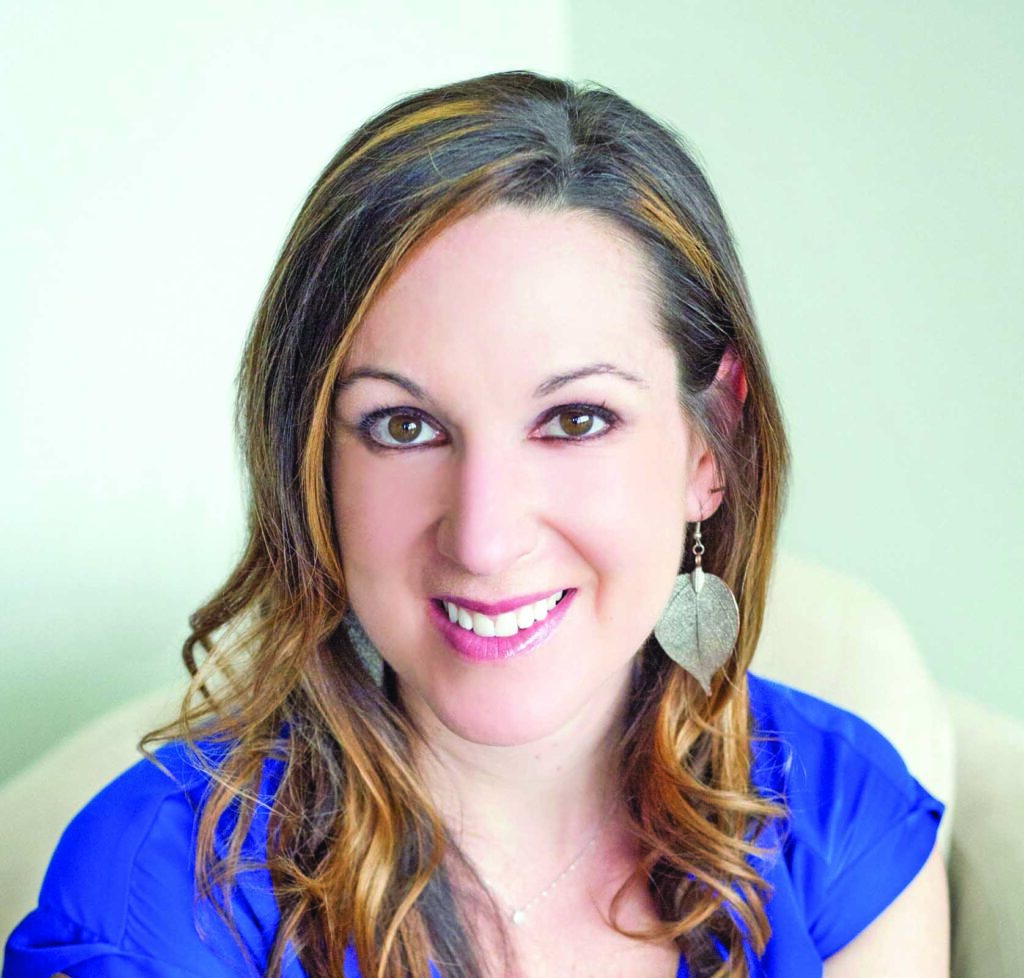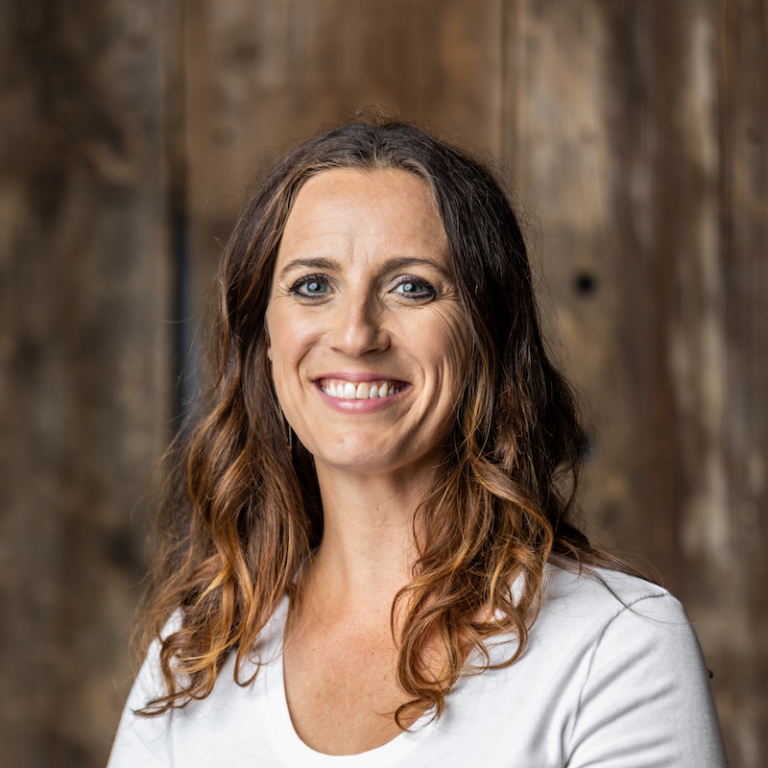Skin cancer is a prevalent and potentially life-threatening condition that affects millions of individuals worldwide. However, through community-focused efforts, we can raise awareness, promote early detection, and implement preventive measures to combat skin cancer effectively. In many instances, if detected early, cure rates for skin cancer are often high.
Understanding Skin Cancer
Skin cancer occurs when abnormal cells in the skin grow uncontrollably, typically due to genetic mutations and/or prolonged exposure to ultraviolet radiation from the sun or tanning beds.
The three main types of skin cancer are basal cell carcinoma, squamous cell carcinoma, and melanoma, with melanoma being the most dangerous form. Basal cell carcinoma often looks like a pearly pink bump or pimple that does not heal. Squamous cell carcinoma can resemble a non-healing or crusted bleeding wart, a firm red bump, a scaly red patch, or an open sore.
We utilize the ABCDEs of melanoma to detect and diagnose melanoma: A – asymmetrical mole or lesion, B – borders that are uneven or jagged, C – more than one color (i.e. black and brown, red and black, etc), D – diameter greater than 5 mm, and E – evolution of the size, shape or other changes in the lesion.
What is Skin Cancer Screening?
During a skin screening a doctor or other health care provider checks the skin for moles, birthmarks, or other pigmented or red areas that look abnormal in color, size, shape, or texture.
Regular skin checks by a dermatologist are especially important for people who have already been diagnosed with skin cancer. If you see a spot that is new or has changed, please bring it to your provider’s attention.
If your provider identifies a lesion that is suspicious for skin cancer or precancer, you may be referred for follow-up to definitively address the spot either by freezing with liquid nitrogen (cryotherapy) or biopsy. During a biopsy, the skin is injected with local numbing medicine and a sample of skin is taken with a blade or other tool. The specimen is then sent to a lab where it is processed, mounted on a slide, and stained for a doctor who has pathology training to review for cancer cells.
Community-based screening programs provide accessible and affordable opportunities for individuals to undergo skin examinations conducted by healthcare professionals. These screenings can identify suspicious moles or lesions that may indicate skin cancer, enabling prompt intervention and improved outcomes.
By raising awareness, expanding access to screening programs, and prioritizing education, we can work together to combat the prevalence of skin cancer and ultimately save lives. Let us collaborate to protect our skin and ensure a brighter, healthier tomorrow for all.
Dr. Kimberly Neyman is a dermatologist at Lutheran Medical Center






